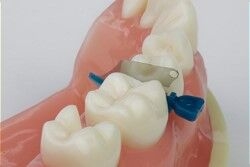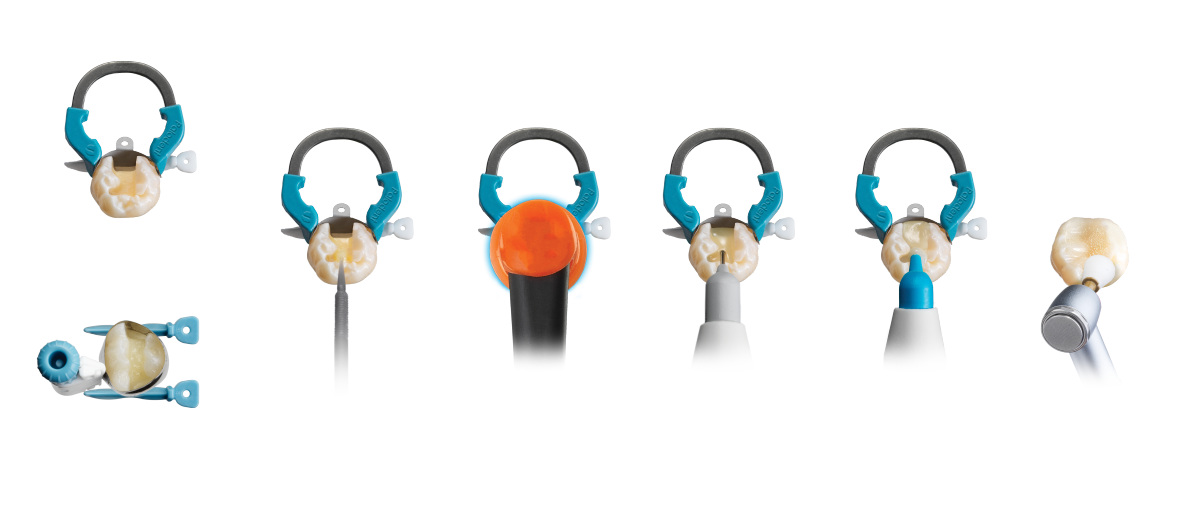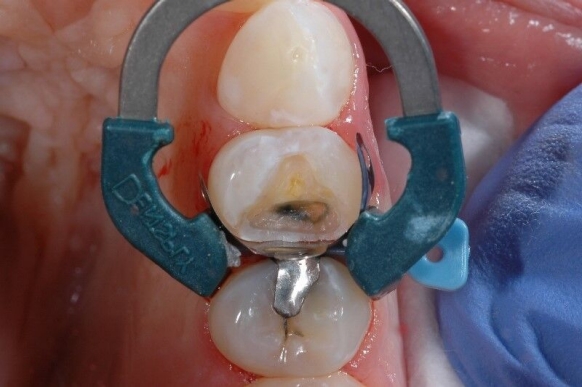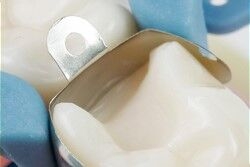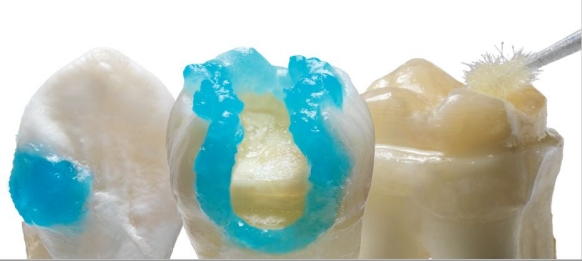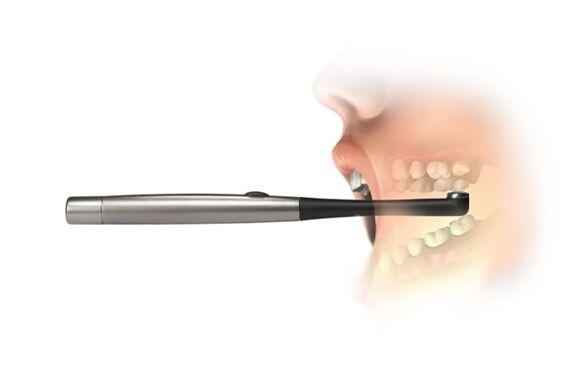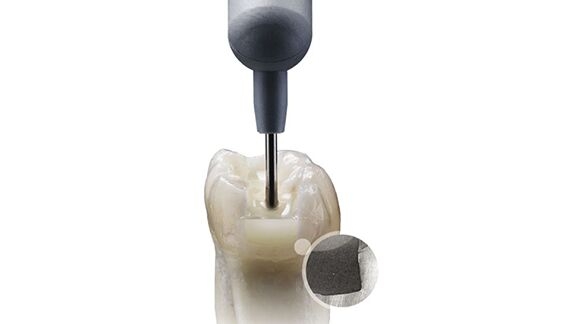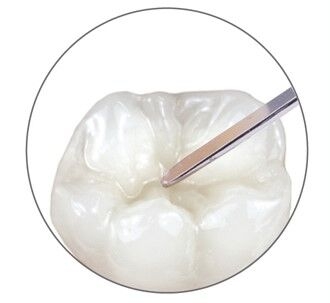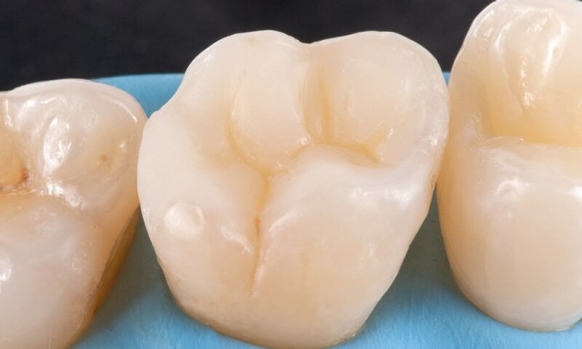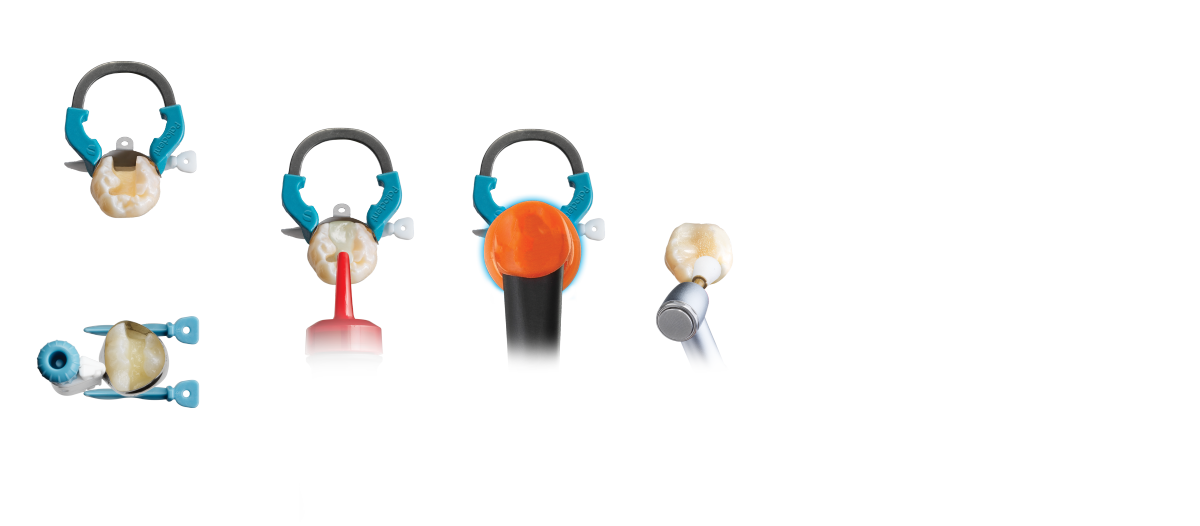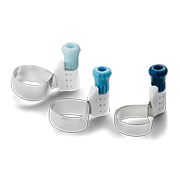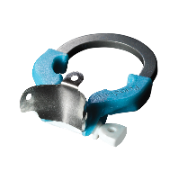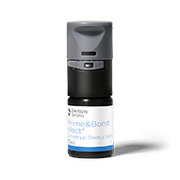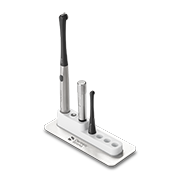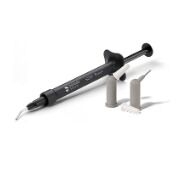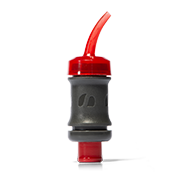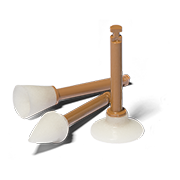Common vs. Challenging Class II Cases
The Streamlined Class II Total Practice Solution
Now that’ we’ve covered the basics of the procedure, you should understand that not all Class II restorations are alike and the complexity can vary between a common and a challenging case. The profitability of your restoration depends on being able to efficiently overcome challenging situations, which an estimated 25% of all cases are considered to have challenging situations.11 We consider a Class II procedure to be “challenging” if the patient is not tolerant of the procedure time, enamel margins are not present, isolation is difficult to control or the patient is not overly compliant.
For example, in a common clinical scenario, the prepared tooth can be effectively isolated throughout the procedure and enamel margins are present and clearly visible. Additionally, the patient should have good oral hygiene and be tolerant of the procedure time, meaning they are able to stay open, breathe through their nose and control their tongue.
By contrast, challenging clinical scenarios are situations where the ability to isolate the tooth is compromised due to the location in the mouth, the margin is substantially in dentin or cementum and the margin is subgingival.
While standard solutions and products work great for the most common cases, in challenging situations you may need specialized products. For example, our Streamlined Class II Total Practice Solution was designed for situations where saliva or blood contamination is a risk, allowing you to fill in one quick step to minimize the window of contamination risk.
